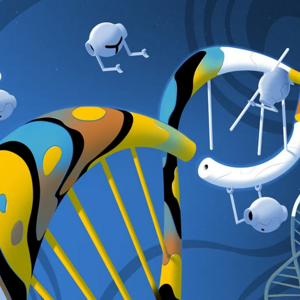
How a DNA ‘Parasite’ May Have Fragmented Our Genes
All animals, plants, fungi and protists — which collectively make up the domain of life called eukaryotes — have genomes with a peculiar feature that has puzzled researchers for alm...
Show More